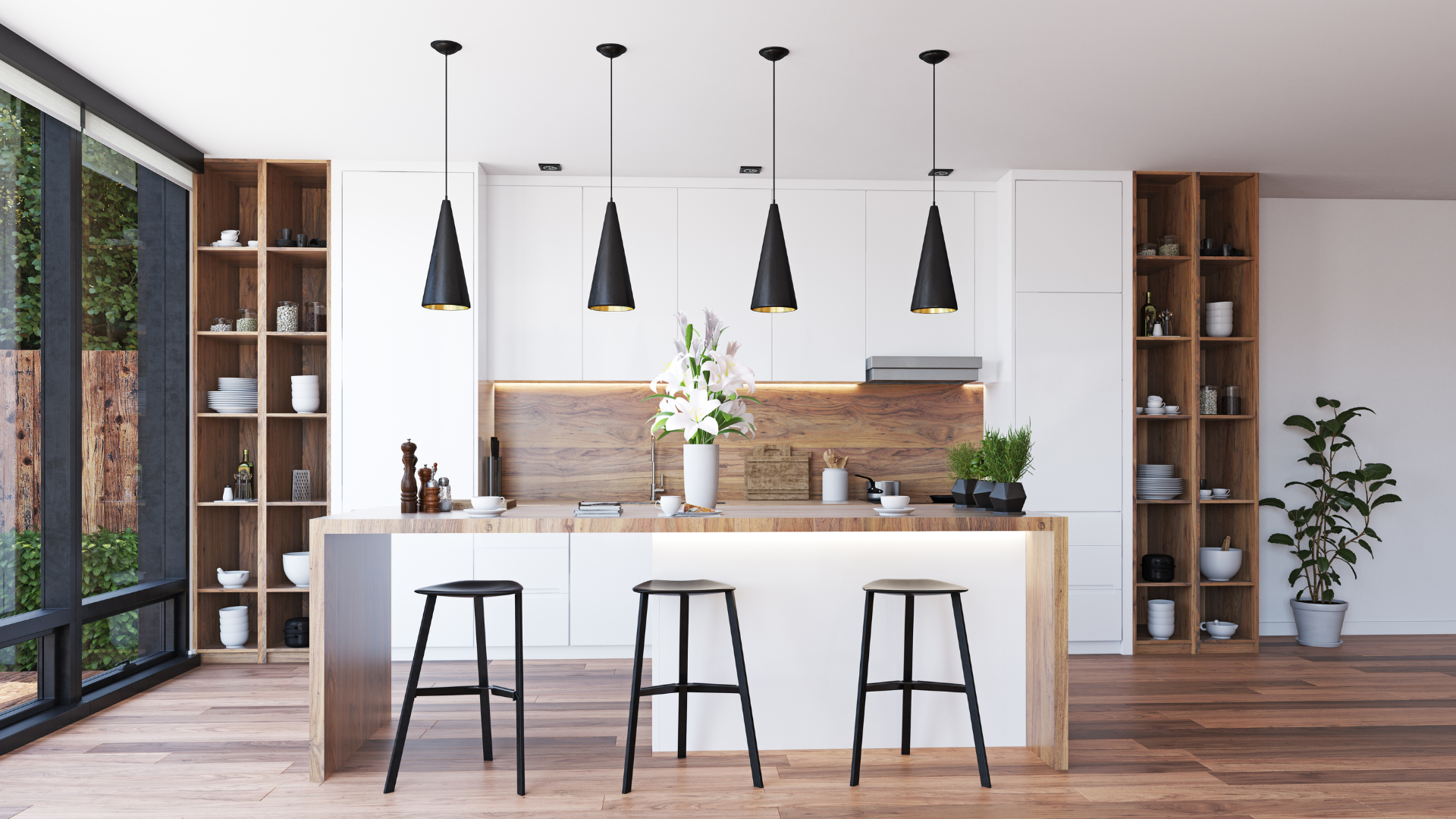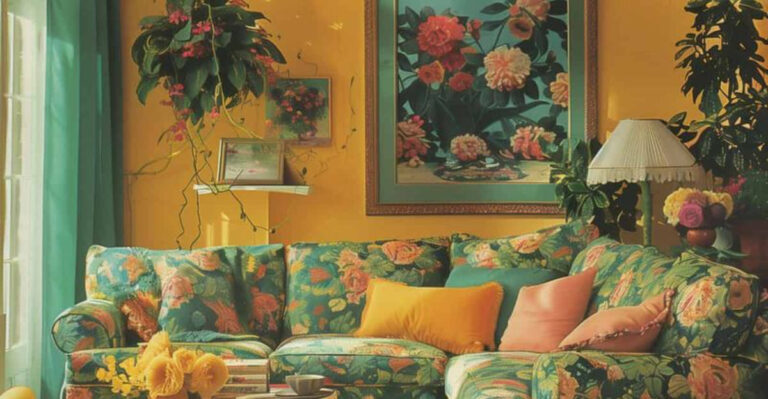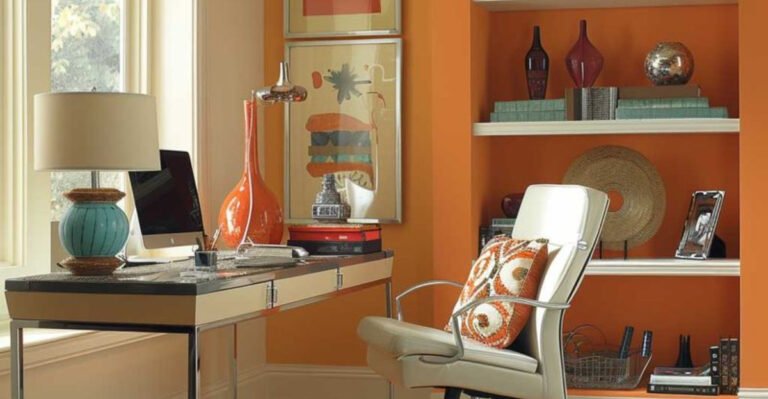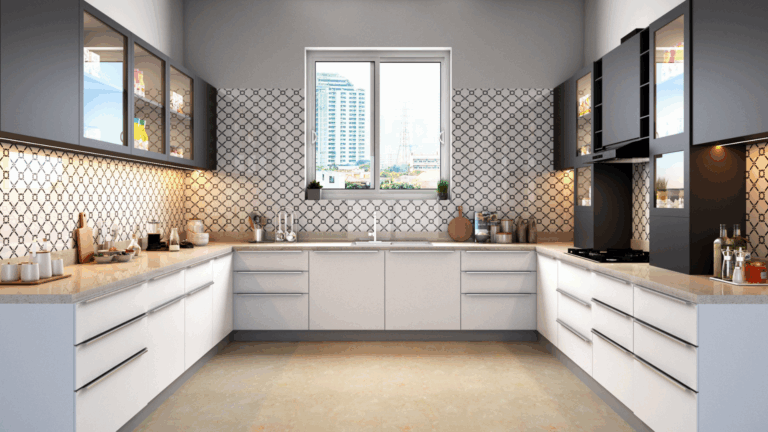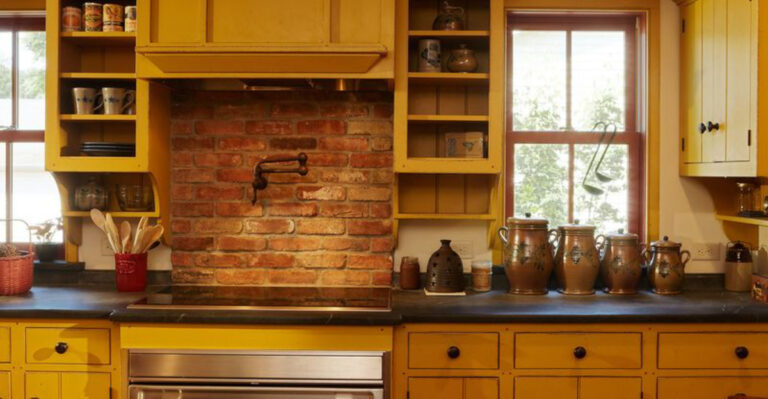16 Interior Design Regrets Experts Are Always Called In To Fix
Interior design mistakes? Oh, I’ve seen plenty. Like that time I thought painting my entire living room trendy gray would feel chic, but it just looked like a storm cloud moved in.
The truth is, these design regrets sneak up on you. Awkward furniture placement, rugs that are way too tiny, lighting that belongs in a hospital.
Experts get called in all the time to fix these common slip-ups, turning design disasters into cozy, stylish spaces. So before you hang that art too high or buy another quirky chair, check out these regrets pros are always saving us from.
1. Poor Furniture Arrangement

An awkward dance begins when furniture doesn’t quite know where to stand. Everything’s in the room, yet nothing seems at home.
The couch looks like it’s plotting escape routes and the coffee table hides in a corner. Furniture layout can feel like a puzzle which only accepts a precise fit.
Without a harmonious arrangement that invites conversation and coziness, spaces can become impersonal waiting areas. The room remains an afterthought rather than an inviting embrace.
2. Ignoring Natural Light
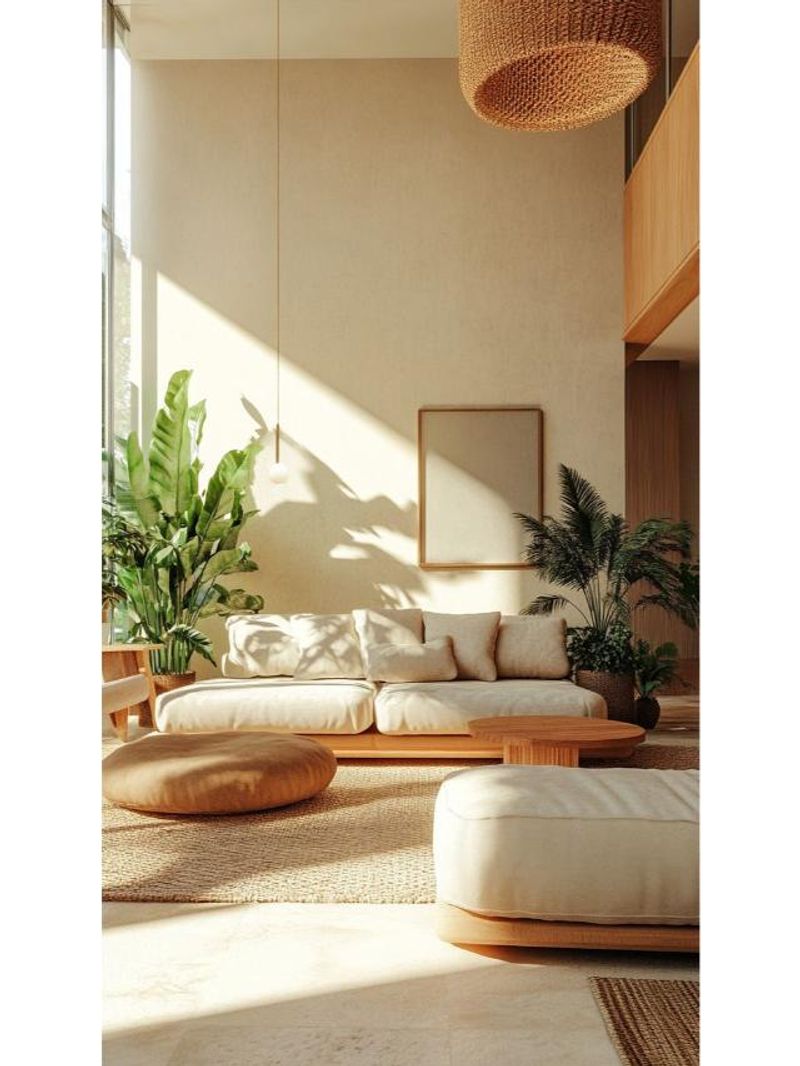
Daylight is the ultimate mood booster and yet some rooms hide from it. Windows remain shuttered while artificial light takes over, casting an odd glow that feels like perpetual twilight.
Who wants a room that nods off at noon? Missing out on natural light can turn a space into a cave rather than a welcoming retreat.
It’s not about letting the sun blind you but inviting its warm hug. Adjusting to include sunlight can brighten not only the space but also the spirit.
3. Overmatching Colors
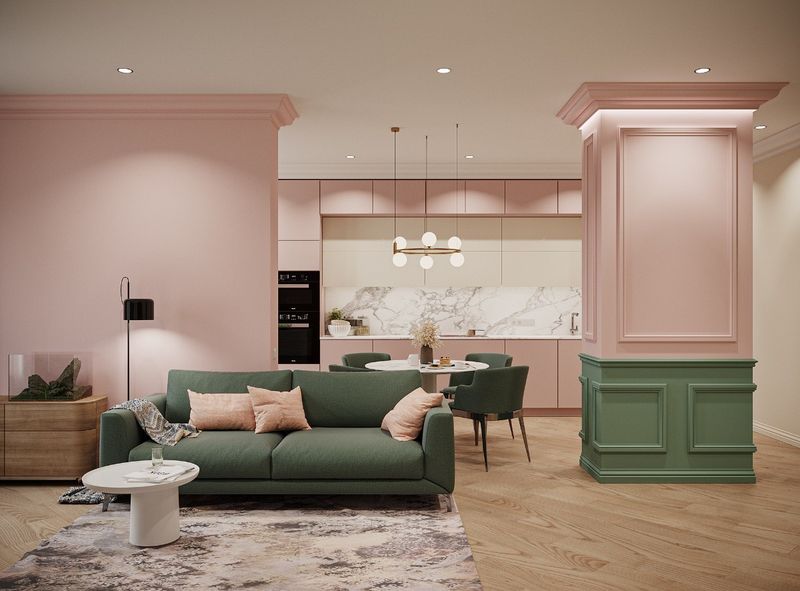
When everything in a room sings the same tune, it might just put you to sleep. Overmatching colors can make a space feel like it’s stuck in a monochrome dream.
Walls, curtains, and cushions blend into one which can bore the eyes. Variety is the spice of life and decor. Adding contrasting colors can ignite interest and offer balance.
It’s like a rainbow that forgot it had more than one color. A bit of diversity can make a room dance to a lively beat.
4. Cluttered Spaces
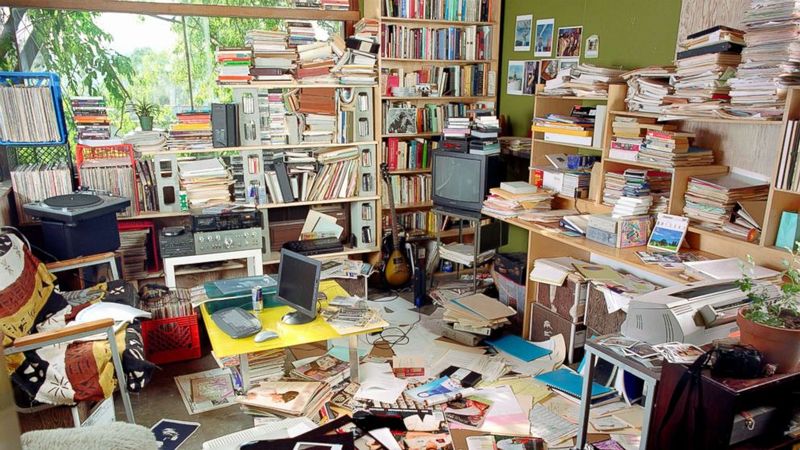
Sometimes, less is more and the same goes for decorations. A room can become a museum where exhibits overrun the halls and visitors have nowhere to stand.
This clutter can overwhelm and confuse rather than comfort. Spaces that breathe are spaces that live. Clearing out the excess opens pathways for relaxation and clarity.
Imagine a room thanking you for the newfound elbow room. With fewer distractions, the mind and the eye find peace.
5. Outdated Fixtures
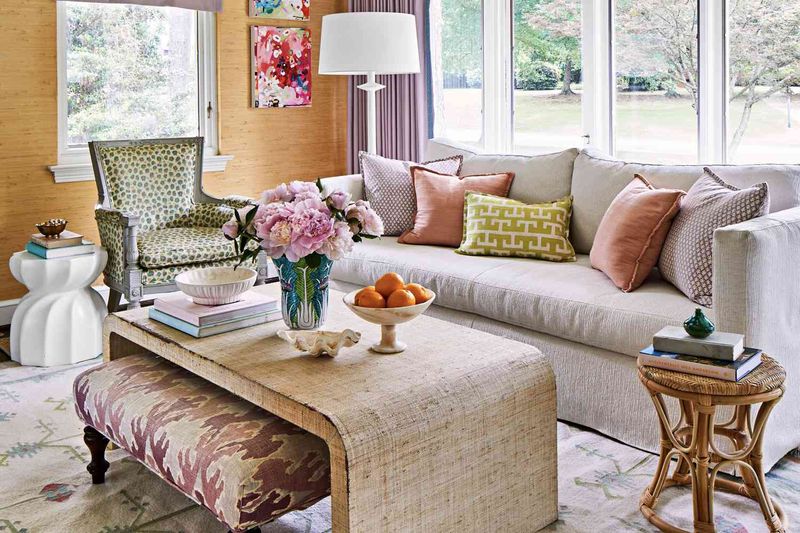
Those fixtures were the toast of the town but time has turned them into yesterday’s news. Old faucets and lighting can drag a space back in time while the rest of the room charges into the future.
Outdated fixtures are like telling a modern tale using hieroglyphics. Refreshing them can harmonize the room’s story which brings everything into the present.
A few changes here and there and suddenly the past is just a memory.
6. Choosing Trendy Items That Age Quickly
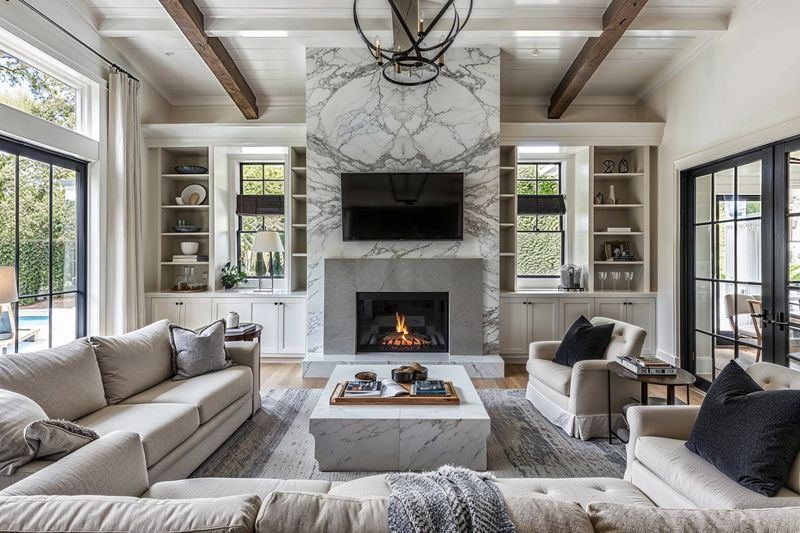
Trends are like the weather. They change before you know it. What was yesterday’s chic is today’s old news.
Filling a room with trendy items might be tempting but they can age faster than a banana left on the counter. Timeless elements offer longevity that trends simply can’t.
A space grounded in enduring style doesn’t have to chase every fad or pray for a comeback. Choose classics and watch as the room remains relevant year after year.
7. Ignoring Scale and Proportion
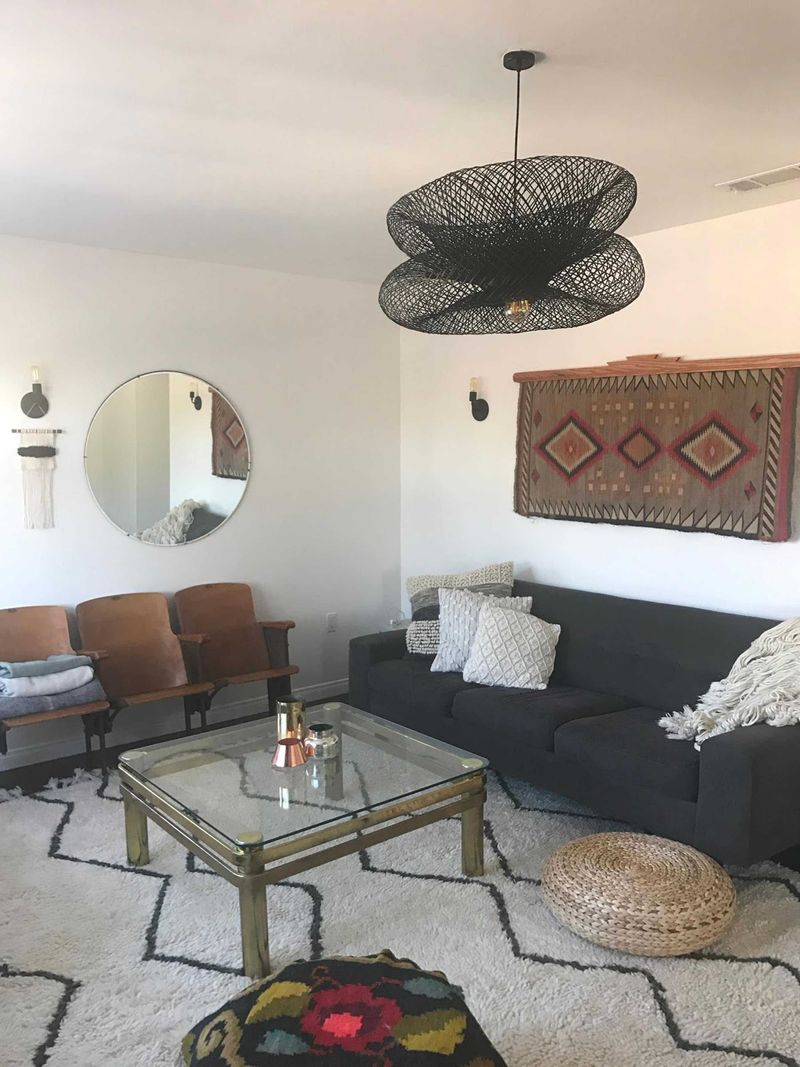
The balance between furniture and space is an art form and when it’s off, the room feels like it’s wearing shoes two sizes too big.
A giant sofa in a tiny room is a classic faux pas and it’s like squeezing into a phone booth. Focusing on scale and proportion creates harmony and functionality.
It’s about making everything feel like it belongs to the same family. The right fit can transform a cramped space into a cozy nest.
8. Poor Lighting Choices

There’s nothing like squinting your way through a dimly lit room to make you feel like you’ve been cast in a noir film. Poor lighting choices can render a space gloomy and uninviting.
Correct lighting is the brush that paints warmth and clarity across a room. It can highlight features and set the mood.
Choosing the right lighting ensures that your space shines and doesn’t leave anyone in the dark.
9. Not Considering Function Over Form

A chair that looks like a work of art might capture the eye but if sitting in it feels like a punishment, something’s gone awry.
The balance between aesthetics and usability is crucial. Prioritizing function doesn’t mean compromising on beauty. It’s about finding elegance in practicality.
A space that serves its purpose keeps you comfortable and satisfied. After all, why sacrifice comfort for appearances?
10. Overdecorating with Accessories
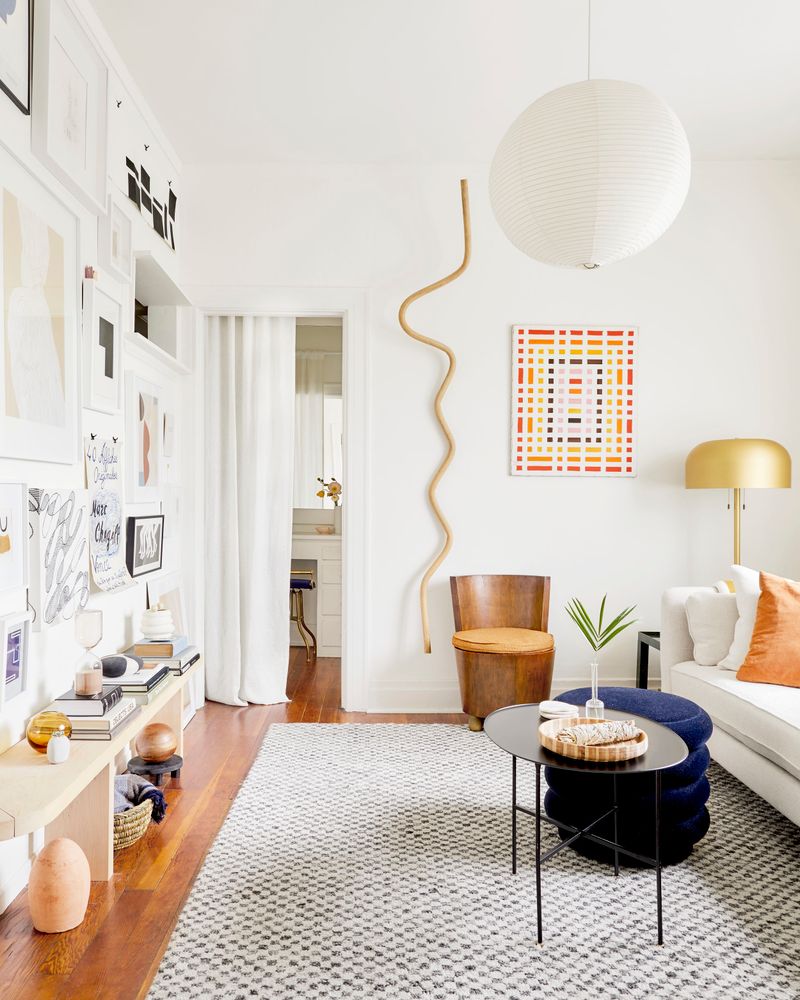
When accessories take center stage, it can feel like they’re competing for attention and often winning for all the wrong reasons.
Overdecorating turns a room into a stage but not necessarily a good show. Balanced decorations enhance rather than overpower. Choosing a few standout pieces allows each one to shine.
Less can indeed be more when harmony is the goal. Too many cooks spoil the broth and too many knick-knacks distract the eye.
11. Using Too Much Dark Furniture
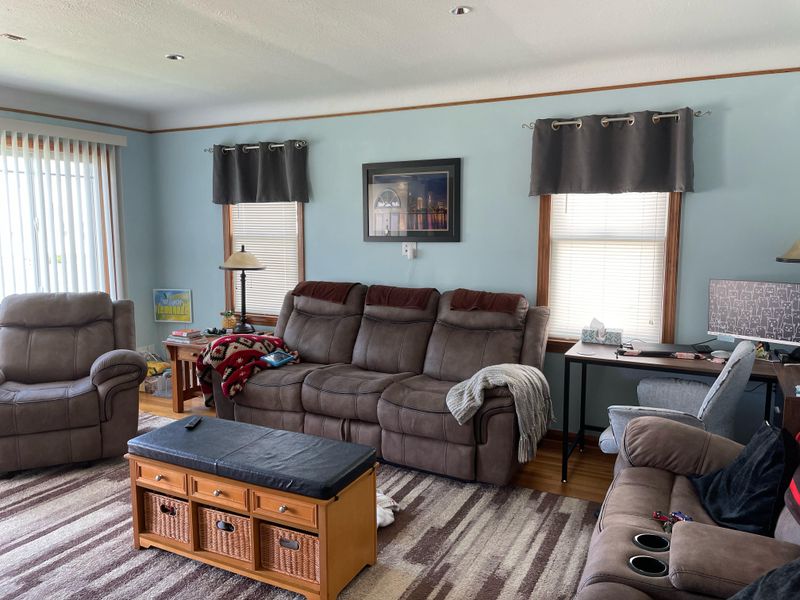
A room filled with dark furniture might feel like it’s perpetually shadowed and heavy. The weight of darker tones can shrink a space faster than a wool sweater in a hot wash.
Introducing lighter hues can open up the room and breathe life into it. Dark pieces have their place but moderation is key to prevent an unintended cave effect.
Balancing with lighter elements is like letting the sunlight through a cloudy sky.
12. Skipping on Quality Furniture
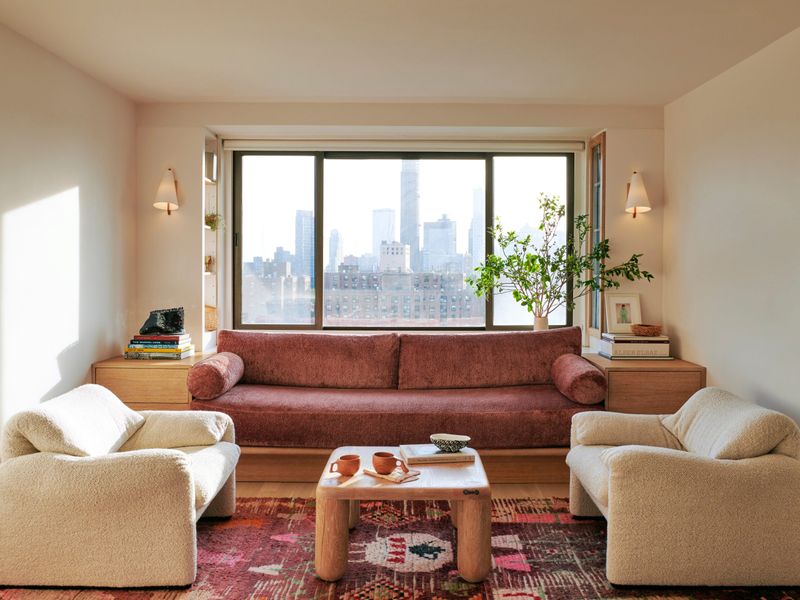
Cheap furniture might seem like a bargain until it barely survives its first encounter with gravity. Investing in quality might need a bigger budget initially but it pays off in the long run through durability.
Solid craftsmanship offers both beauty and longevity. Quality furniture is like a good friend which stands the test of time and doesn’t fall apart when leaned on.
It’s not just about aesthetics, but about lasting comfort and reliability.
13. Not Planning for Storage
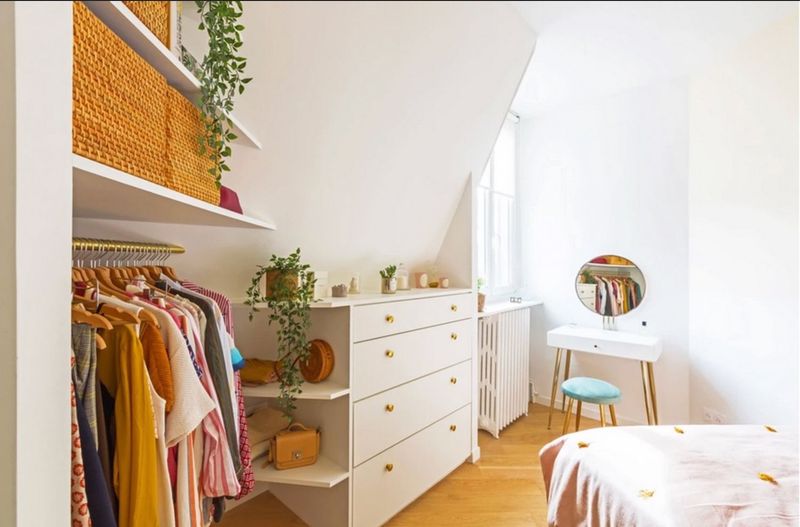
Storage can be the unsung hero of a well-organized home. When it’s absent, chaos reigns. Rooms without ample storage solutions end up with surfaces that tell tales of clutter and neglect.
Planning for storage means having a place for everything and knowing where it is. It’s about creating a sense of order that promotes peace of mind. Storage is a pathway to serenity.
14. Neglecting Wall Treatments
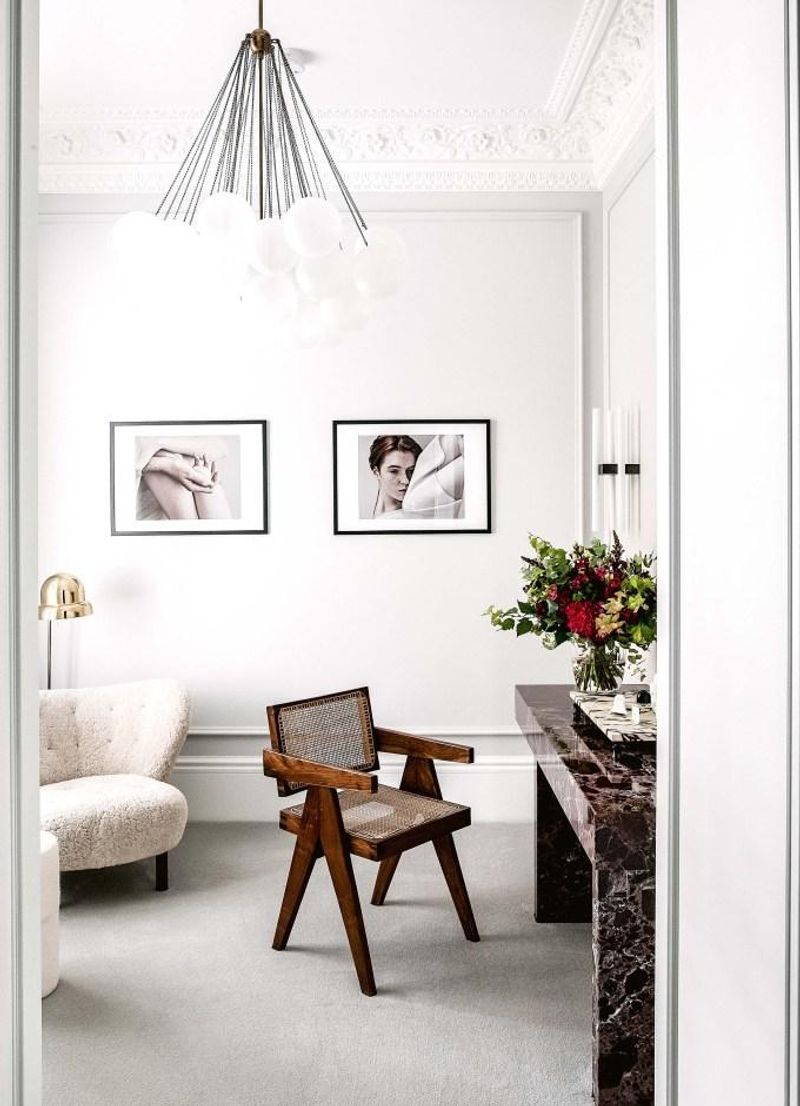
Walls can be empty canvases yearning for a touch of flair. Neglecting them can result in a space that feels unfinished and hollow. A room’s walls shouldn’t echo back its own emptiness.
Adding treatments like paint, wallpaper, or art brings depth and character. Walls become storytellers and companions rather than silent witnesses.
Treatments turn blank into beautiful which gives the room an identity.
15. Incorrect Rug Sizing
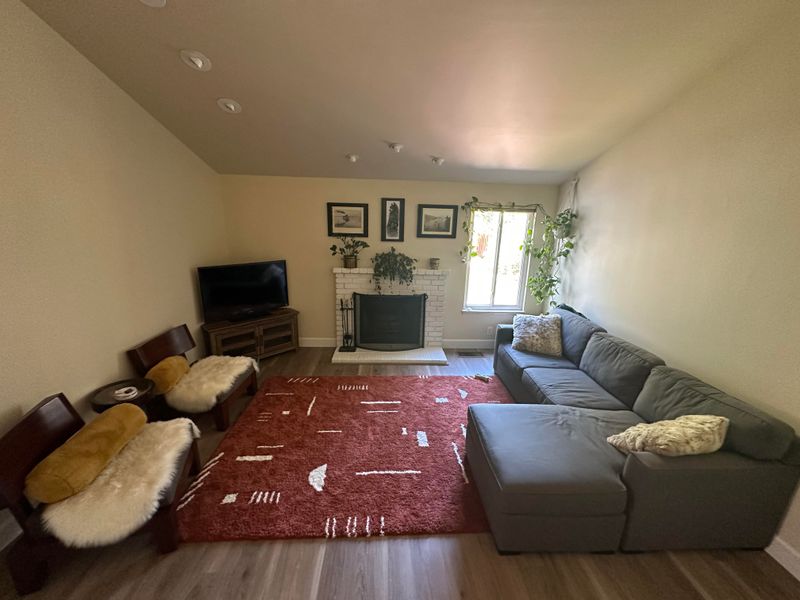
A rug that’s too small may as well be a napkin. It can make even the most well-designed room feel fragmented.
The right rug size pulls everything together and anchors the space. Choosing a properly sized rug invites cohesion and grace. It’s the unsung hero that ties the room together like the perfect chorus in a song.
Rugs should complement and complete, not confuse the eye with undersized intentions.
16. Choosing the Wrong Paint Colors

Paint colors should sing in harmony with the space rather than scream over it. The wrong shade can overpower and unsettle the calmest of rooms.
It’s like turning up the volume when a whisper would do. Selecting the right color creates a backdrop that soothes and complements.
It sets the tone and feeling of the room without shouting for attention. Consider the room’s purpose and let the color serenade rather than shout.

